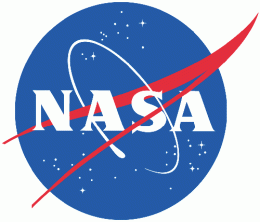
NASA JPL, CIT
Established in 1930 by the California Institute of Technology, the Jet Propulsion Laboratory (JPL) was already interested in space exploration. And in 1958 it launched the country’s first satellite, the Explorer 1. Several decades later, JPL sent the first robotic craft to the moon and to the solar system. Its business of going to outer space makes it a reason for the NASA Laboratory to make it as its own.
William Pickering, then JPL’s director, wanted to explore space, but realized that JPL could not come up with enough funding to remain on top of the rocket technology, citing that a lot of bigger aviation companies have ventured into the rocket business. Pickering then convinced the US Army and the President of the United States, President Dwight Eisenhower, to make the laboratory a part of the country’s newly established space agency, the National Aeronautics and Space Administration, also knows as NASA.
And with the new role, and together with their links to Caltech’s science community, JPL is on its way to the creation of the new realm of space science. In December of 1958, the US Army formally sent JPL to the NASA, although Caltech still manages JPL.
Several decades later, the lab has found new paths and was instrumental in last Augusts’ Mars landing. Mars Science Laboratory’s Curiosity rover made a technically pitch perfect landing on the red planet. Last year, the lab launched three missions: the Jupiter bound Juno, GRAIL Twin spaceship to the moon, and the Aquarius, which tries to make a global map of salt across our ocean.
In June 2012, the X-Ray telescope NuSTAR was launched. The Dawn spaceship, which has been orbiting an asteroid’s belt, will soon be used to propel to the dwarf planet Ceres two years from now. These projects were but among the many missions that JPL have embarked upon. And with its flagship explorer Cassini continuing its orbit at Saturn, checking the planet carefully, the lab hopes that one day important information and communication can be sent back to earth.